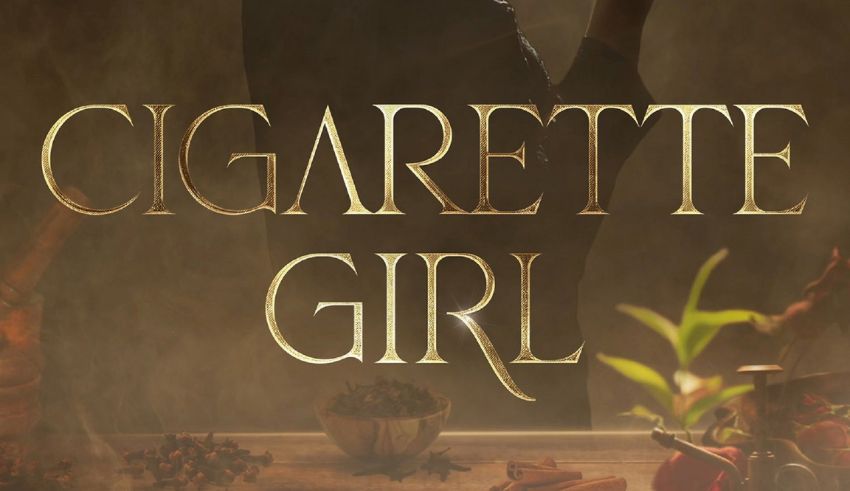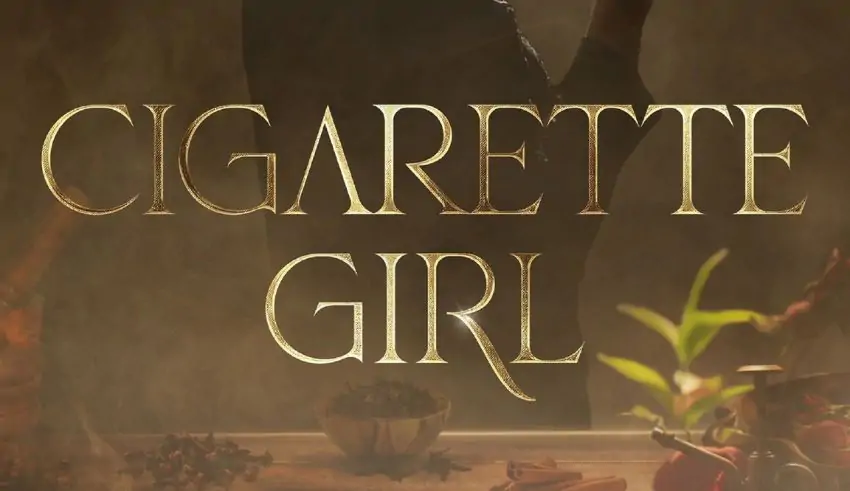

(C) Kabar Wonosobo
In a world where storytelling becomes an art form, meet Kamila Andini and Ifa Isfansyah, the cinematic maestros taking you on an enchanting voyage through Indonesian history with their latest creation, “Cigarette Girl.” This Netflix series, ready to captivate your screens from November 1, has already left its mark on the prestigious Busan International Film Festival earlier this month.
The stage is set with a wealthy family grappling with the imminent loss of their patriarch in 2001. But it’s the masterful use of flashbacks to the 1960s that unravels the enigma not just of the family’s herbal cigarette empire but also a concealed love story within. And woven into this narrative fabric are the unwavering societal pressures on women across social strata, even as Indonesia undergoes seismic political and governmental shifts.
In an exclusive tête-à-tête with Variety, Andini and Isfansyah provide us a backstage pass to their lavish and romantic interpretation of the series, all while echoing the story of Indonesia’s evolving society and its complex history.
Andini and Isfansyah say that its beauty lies in its enigmatic nature. Rooted in a novel, it wears the mask of a romance, but beneath that façade, it’s a tapestry of Indonesia’s multifaceted layers. The backdrop, the Kretek cigarette industry, becomes a window to a nation’s soul, a testament to the evolution of one of Indonesia’s largest industries.
Isfansyah says it was a serendipitous meeting with Ratih Kumala, the author of the source novel, that ignited the spark. As the novel sat on the brink of publication, Isfansyah’s encounter with it at the Hong Kong film festival back in 2011 or 2012 became a turning point. Captivated by the story’s depth, he knew he had to claim it. With the initial vision of it as a feature film, the script development began. However, the novel’s sprawling narrative covering three distinct eras posed a formidable challenge. In 2018, executive producer Shanty Harmayn breathed new life into the project, ushering it into the realm of a series.
Andini says “Cigarette Girl” grants her the artistic canvas to bring women to the forefront in her first foray into the series format. In the heart of the narrative lies a remarkable woman from the 1960s, one who, behind the scenes, harnesses her skills to craft new flavors for Kretek cigarettes. This character embodies not just a woman of the past but a symbol of contemporary strength, transcending time.
The enigma of their own interest in an industry they are not part of sets the stage for intrigue. In an agricultural nation like Indonesia, where tobacco is deeply rooted, the history of the Kretek cigarette industry is a captivating exploration. The series, besides tracing the industry’s transformation, morphs into a story of female empowerment. It sheds light on a time when women were confined to hand-rolling cigarettes in factories, and the central character, Dasiyah, yearns to break free from these constraints.
The Singapore Airlines Group has made a record profit of SGD 2.8 billion for the just-ended financial year, which is…
Clocks are ticking and a few days are left for the iconic, much awaited finals between the two strongest teams…
Quality content must be embraced with appreciation, because it has both unparalleled emotions of the fictional characters and the profound…
Oppo is one of the forerunners of mobile production companies in the Asian market primarily for their impressive features easing…
Rock legends Foo Fighters are now officially returning to the stage in 2025 as they already made their first booking…
All eyes are now turned towards the Middle East, after the buzzing real-time announcement has been dropped on the social…
This website uses cookies.
Read More